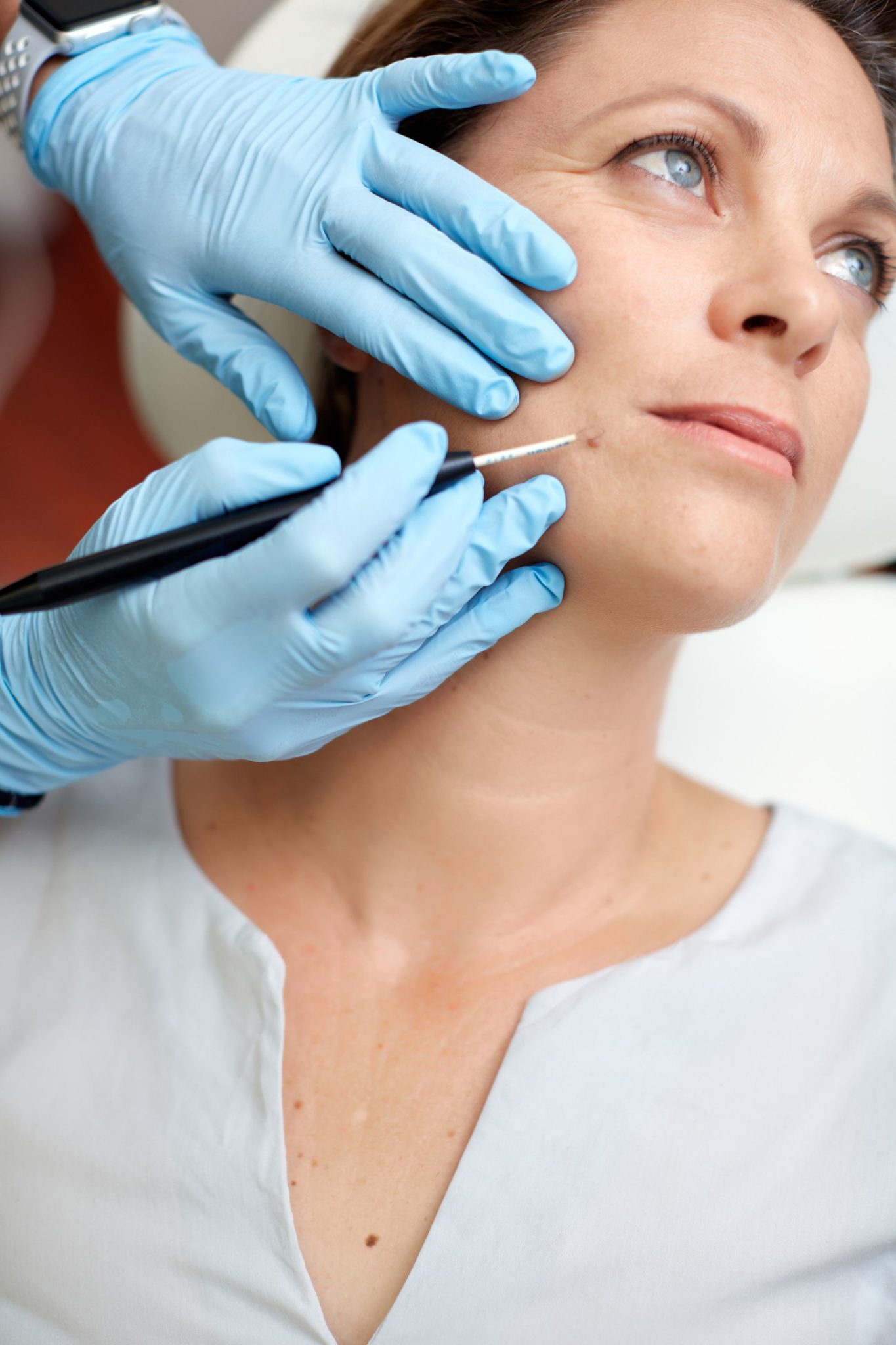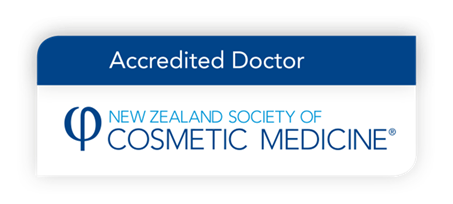Mole Removal

A number of options for treatment are available, including liquid nitrogen, radio frequency treatment with Surgitron, or definitive excision by minor surgery.
Once our doctors have examined your skin, they will advise on the most suitable modality, and can complete this for you at Clinic 42.
What are the options?
Your doctor will advise on the most appropriate treatment option for the mole/lesion of concern.
Liquid nitrogen involves a short, repeated, targeted freezing technique, appropriate for thickened lesions, such as seborrhoeic keratosis (age related beauty spots), or pre-cancerous changes.
Radiofrequency Surgitron treatment uses a compact machine to take very thin shavings from the surface of the skin. This is most suitable for raised, benign lesions, such as skin tags, moles, and larger seborrhoeic keratoses. Local anaesthetic is injected under the lesion to be treated prior to removal. Typically no dressing is required, and the huge advantage of this modality is the lack of obvious scarring once the treated area has healed.
Removal by way of excision is a minor surgery procedure, usually reserved for flat moles or lesions that may be malignant. The lesion to be removed is marked, typically in the shape of an ellipse, and local anaesthetic is infiltrated into the skin. With sharp dissection, the offending lesion is removed, with a “margin of safety” of normal skin around it. This excised specimen will be sent to the laboratory, so it can be examined under the microscope to ensure clearance of the lesion. One or two layers of stitches will be used to bring the skin edges back together, and a simple dressing will be applied. The after care is slightly more involved than liquid nitrogen and Surgirton, although straight-forward.
What can I expect when I have a mole removal procedure?
Whether liquid nitrogen, radiofrequency Surgitron, or surgical excision, the healing process typically takes around 10-14 days. Some areas of the body, such as the face, heal much faster than other areas. It is important to follow the post-procedure advice you are given. Dressings are not placed in all instances.
It is important the wound is looked after whilst healing, and often this involves keeping it from drying out and crusting (a hydrated wound has a lower risk of significant scarring), and modifying your activities in the initial stages of healing. Typically, the treated area will remain pinkish for a few weeks, whilst the skin is younger. As the new skin cells mature, they will more closely resemble the normal colour of the skin.
Will the mole be permanently gone after the treatment?
Depending on the treatment modality employed, the risk of mole/lesion return in the treated area is very low. The doctor can discuss this with you specifically at the time of assessment and treatment.
How much does the procedure cost?
Mole removal by Surgitron is $500.00 for a 45-minute appointment and removal of ONE mole with the doctor. Additional moles are $100.00. The Doctor can also quote you for the removal of several moles if you are wanting them treated in the one session.
What before and after care is recommended?
The doctor will advise you at the time of the procedure of specific after care requirements.
– If there is no dressing in place, clean the wound gently once daily with warm water. After cleaning, apply Vaseline (or other moisturising/barrier agent).
– If the wound is dressed, Micropore tape is best kept on for as long as possible. To absolutely optimise the appearance of the scar, the recommendation in the literature, is taping for up to 8 weeks. This will protect the wound from sunlight, infection and promote healing. It can be bought in a discreet flesh colour from your local pharmacy.
It is important for the first three months after removal of the mole that you minimise your exposure to the sun or UV rays. If you are exposed to the sun you should ensure you use at least SPF 30+ sunscreen.
Are there any side effects from Mole Removal?
Any procedure where there is an interruption in the barrier of the skin, comes with some risks, albeit mild and uncommon. These include bleeding, bruising, infection, thickened/unsightly scar formation and altered sensation in the operated area. Your doctor will discuss these with you prior to the procedure, and a consent form will be completed.


